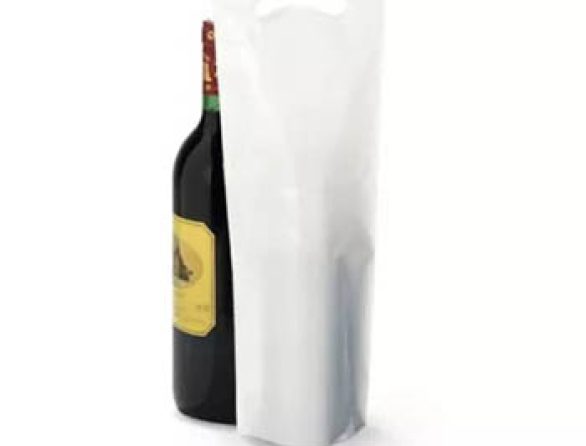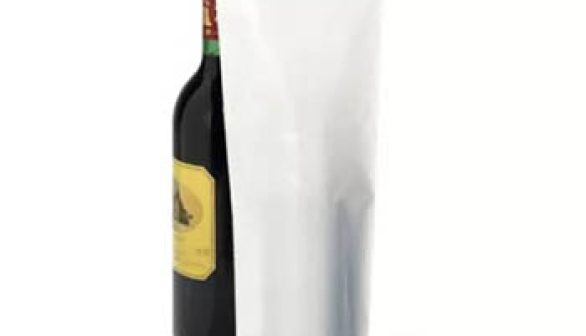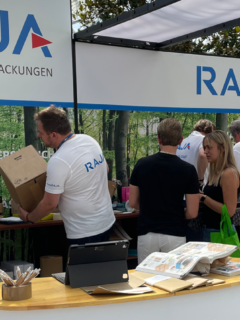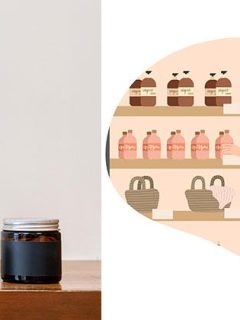Due to the usually very long transport routes, the export goods are exposed to strong stresses as a result of frequent loading. Folding wooden crates and wooden containers are therefore particularly suitable for adequate protection, as they are very robust and stable. However, not all wooden packaging is suitable for export; it must meet special standards.
ISPM 15 against pest infestation
Wooden containers in particular are often made from raw wood, which can be infested with pests and thus pose a real threat to domestic forest stands. For this reason, the ISPM 15 standard applies to export packaging made of solid wood in many countries. If a packaging bears the ISPM 15 stamp, the packaging wood has been freed from pests by appropriate treatment. The verification of this standard is carried out by the respective National Plant Protection Organisations (NPPOs) in the importing and exporting countries. They control the application of the correct wood treatment, the use of the ISPM 15 stamp and its application by the producer/handler.
What does ISPM 15 Standard mean
ISPM 15 is a phytosanitary standard, i.e. a standard concerning plants, which was agreed by the FAO(United Nations Foodand Agriculture Organizations) within the framework of the International Plant Protection Convention(IPPC). In order to harmonise the many different import regulations in the various countries, the “International Standardsfor Phytosanitary Measures” ( ISPM 15 ) were adopted in March 2002 for the international shipment of solid wood packaging. These standards describe measures to reduce the risk of introduction or spread of wood pests in connection with wood packaging and thus protect native forest stands. The ISPM 15 standard applies throughout the EU and in 84 other countries such as China, the USA and Australia. A complete ISPM 15 country list can be found on the homepage of the Julius Kühn Institute for Plant Health, which is responsible for the health of native plants in Germany.
What does the ISPM 15 standard include?
The ISPM 15 standard only applies to solid wood packaging that is thicker than 6 mm. Wood packaging that is thinner than 6 mm or has been glued, heated or pressed during its processing, such as chipboard, plywood and veneer, does not need to be treated, nor does packaging made from wood wool and sawdust. They have already been exposed to very high heat during their manufacture.
For the ISPM 15 certificate, the wood packaging must be treated accordingly. This can be done by heat treatment at a core temperature of 56 °C (133 ° F) for at least 30 minutes or by fumigation with methyl bromide. Chemical pressure impregnation (CPI) is only recognised if the required temperatures are achieved. The packaging then receives the ISPM 15 stamp. This must be applied permanently and legibly on two opposite sides and must contain the following information:
| Treatment code | Treatment type |
| HT | Heat treatment |
| MB | Methyl bromide (manufacturers in the EU are no longer allowed to use this type of treatment since 2010, but packaging with this treatment method may still be imported) |
| CPI | Chemical pressure impregnation |
In older wood packaging, the additional indication DB for debarked is often found. In the meantime, however, debarking has become an obligatory measure, so this marking is no longer necessary.
Shippers in the responsibility
The consignor must make sure that the imported packaging complies with the provisions of the ISPM 15 standard. If the marking is missing, customs may even refuse the goods. For RAJA’s wooden packaging that bears the ISPM 15 stamp, such as a large part of our wooden pallets, you can of course obtain the corresponding export certificates on request.
Sources and helpful links
The German translation of the original IPPC document on the ISPM can be found here:
https://pflanzengesundheit.julius-kuehn.de/regelungen-ippc.html
The German guideline for the application of the IPPC Standard, ISPM No. 15 can be found here:
















